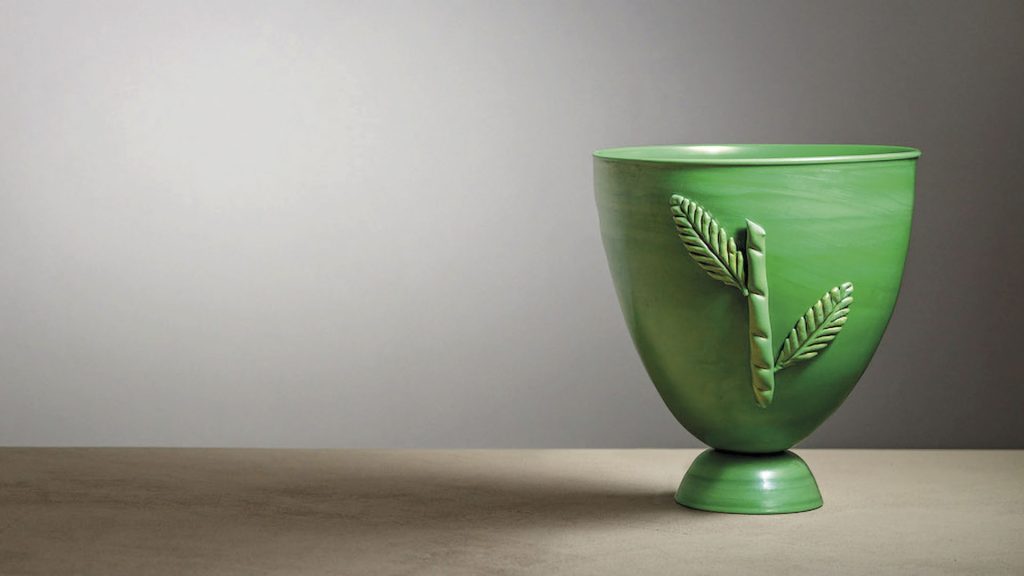
Murano Glass at the Venice Biennale (1932–1942): the new exhibition at Le Stanze del Vetro, curated by Marino Barovier, explores a pivotal decade in the history of Murano glass, from its debut at the Venice Pavilion to groundbreaking collaborations with figures like Carlo Scarpa and Flavio Poli.
The second chapter of the Stanze del Vetro glass art exhibition focuses on a crucial decade of the Venice Biennale, starting with its Venice Pavilion opening in 1932 and ending with the Biennale last edition before the WWII hiatus, in 1942. 1932 was the year glass art, thus far considered a decorative art and hence ‘minor’, was raised to the rung of fine art, earning it unprecedented visibility. The Biennale was the perfect showcase for it as well as acting as a laboratory for experimentation, stimulating the renewal of Murano glass furnaces.
In those years, Murano glass production acquired new shapes, techniques, and collaborations thanks to the cultural engagement brought about by the Biennale. Furnaces were quick to seize this opportunity and produce art of the highest quality. One of the most influential players was Venini, who worked with artist and architect Carlo Scarpa.
The current exhibition shows the crucial role Biennale had in shaping the future of Murano glass art, fostering dialogue between glass art and the larger art world. Design, technical innovation, and aesthetic vision, the exhibition will open on April 13.